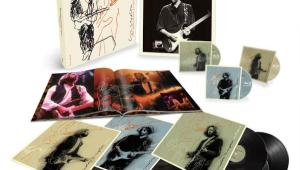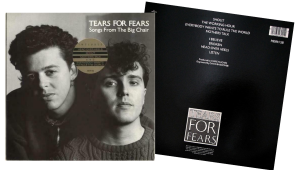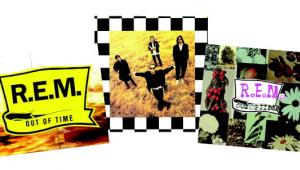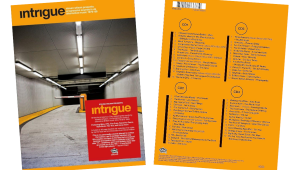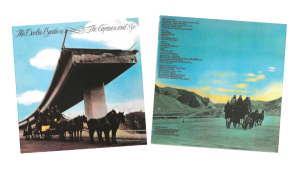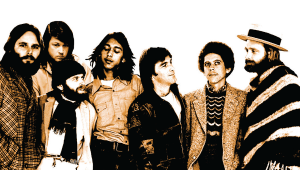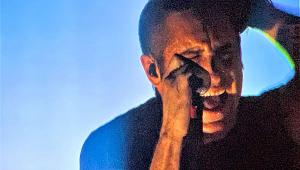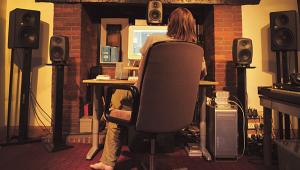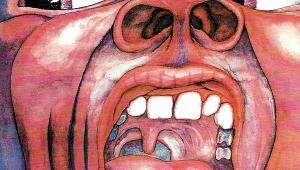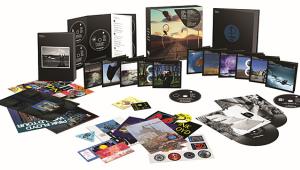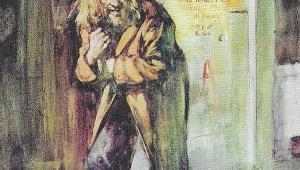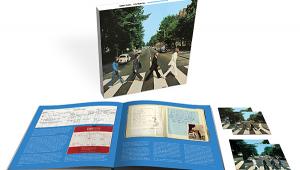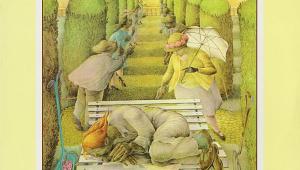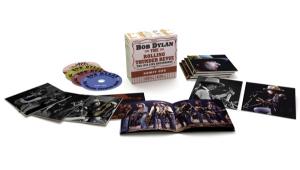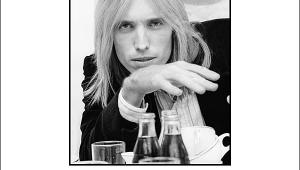The 20th Century’s Greatest Hits Page 5
AARON COPLAND b. Brooklyn, NY 1900; d. North Tarrytown, NY, 1990 With a cutting-edge Parisian musical education that led him to experiment with modernist ideas throughout his long career, Copland managed to write music that incorporated American folk and jazz idioms and spoke to generations of listeners through its mix of simplicity and sophistication. Appalachian Spring; Fanfare for the Common Man; Rodeo; Billy the Kid. New York Philharmonic, Bernstein (Sony). Bernstein said he felt as if he'd written Copland's music himself - sounds like it, too, on this remastering of several 1960s recordings of the ballets and the famous Fanfare. Symphony No. 3; Quiet City. New York Philharmonic, Bernstein (DG). Here's Copland's best symphony plus a tone poem featuring a jazzy trumpet part. Copland: The Modernist. San Francisco Symphony, Thomas (RCA). Spikier, less folksy works are led by one of his best current advocates.
LEONARD BERNSTEIN b. Lawrence, MA, 1918; d. New York City, 1990 Renowned for his conducting and his work as an educator (he could explain Schoenberg to children through references to the Beatles), Bernstein longed to join his beloved Mahler in the pantheon of great symphonic composers. He composed in a vast range of forms, but Copland's 1949 comment that Bernstein might be best remembered for his stage music now seems prophetic. West Side Story. Original Broadway cast (Sony). Digitally remastered, the 1957 cast album displays his genius for infusing music theater with an eclectic mix of arias, jazz syncopations, and modernist tonalities. Serenade after Plato's "Symposium." Bell, violin; Philharmonia Orchestra, Zinman (Sony). Bernstein's "violin concerto," despite the literary allusions, is proving to be one of his most durable concert works. Soloist and conductor connect here and in the excellent arrangements for violin and orchestra of three theater works. Candide Overture; Symphonic Dances from "West Side Story"; Suite from "On the Waterfront"; Fancy Free. New York Philharmonic, Bernstein (Sony). Here are his own recordings of his best orchestral music for the theater, movies, and dance. Candide. Hadley, Anderson, Ludwig, others; London Symphony, Bernstein (DG, two CDs). This 1989 recording preserves his final thoughts on a beloved work.
STEVE REICH b. New York City, 1936 To listeners brought up on traditional classical music, Reich's early creations could seem monotonous, but to those also weaned on jazz, rock, and non-Western music, they could be fascinating and exhilarating. His later works employ larger instrumental ensembles and more elaborate harmonic structures. Music for 18 Musicians. Steve Reich and Musicians (Nonesuch). His landmark 1976 composition rejected the minimalist austerity of the 1960s with augmented instrumentation and a wider harmonic range. Tehillim. Steve Reich and Musicians (ECM). The 1981 setting of Hebrew psalms offers rich and varied orchestration and toe-tapping rhythms. Proverb; Nagoya Marimbas; City Life. Theatre of Voices; the Steve Reich Ensemble (Nonesuch). The 1995 City Life expands the use of sampled sounds pioneered in his groundbreaking Different Trains for string quartet.
PHILIP GLASS b. Baltimore, 1937 The first composer since Stravinsky with an exclusive record-company contract, Glass achieved a level of popularity that angered those who found his repetitive simplicity annoying. But a loyal audience found it mesmerizing, and his theater works - the epitome of hip high-end culture - played a vital role in revitalizing American opera. Songs from the Trilogy. Philip Glass Ensemble, others (Sony). The constitutent operas of the trilogy - Einstein on the Beach (1976), Satyagraha (1980), and Akhnaten (1984) - are each available complete in multidisc sets, but this single CD is a less expensive introduction. The Photographer. Philip Glass Ensemble, Riesman (CBS). The motion studies of an English Victorian photographer inspired the 1982 theater piece that yielded one of the composer's most dramatic and beautiful recordings. Violin Concerto. McDuffie, violin; Houston Symphony, Eschenbach (Telarc). The coupling with the Adams Violin Concerto makes this CD an excellent opportunity to compare the styles of two "minimalists" who've both moved beyond that rubric.
JOHN ADAMS b. Worcester, MA, 1947 Adams took the minimalism of Reich and Glass and fused it into a larger orchestral framework, all the while incorporating contemporary music and "reality based" influences. He may be the most widely performed and recorded of late-20th-century composers. Music from "Nixon in China." Soloists; Orchestra of St. Luke's; De Waart (Nonesuch). The complete three-disc set of the 1987 opera is worth having, but if you need convincing, this CD of highlights is a good start. Harmonium; Choruses from "The Death of Klinghoffer." San Francisco Symphony, Adams; Lyons Opera Chorus and Orchestra, Nagano (Nonesuch). His huge 1981 work for chorus and orchestra is joined with the choral sections from his second opera. Harmonielehre; The Chairman Dances; Tromba Lontana; Short Ride in a Fast Machine. City of Birmingham Symphony, Rattle (EMI). Paying tribute to early 20th-century music, Schoenberg and Mahler in particular, Harmonielehre (1985) fused lush emotional lyricism with pulsating rhythms and redefined Adams's exalted postmodern style from then on.
- Log in or register to post comments

